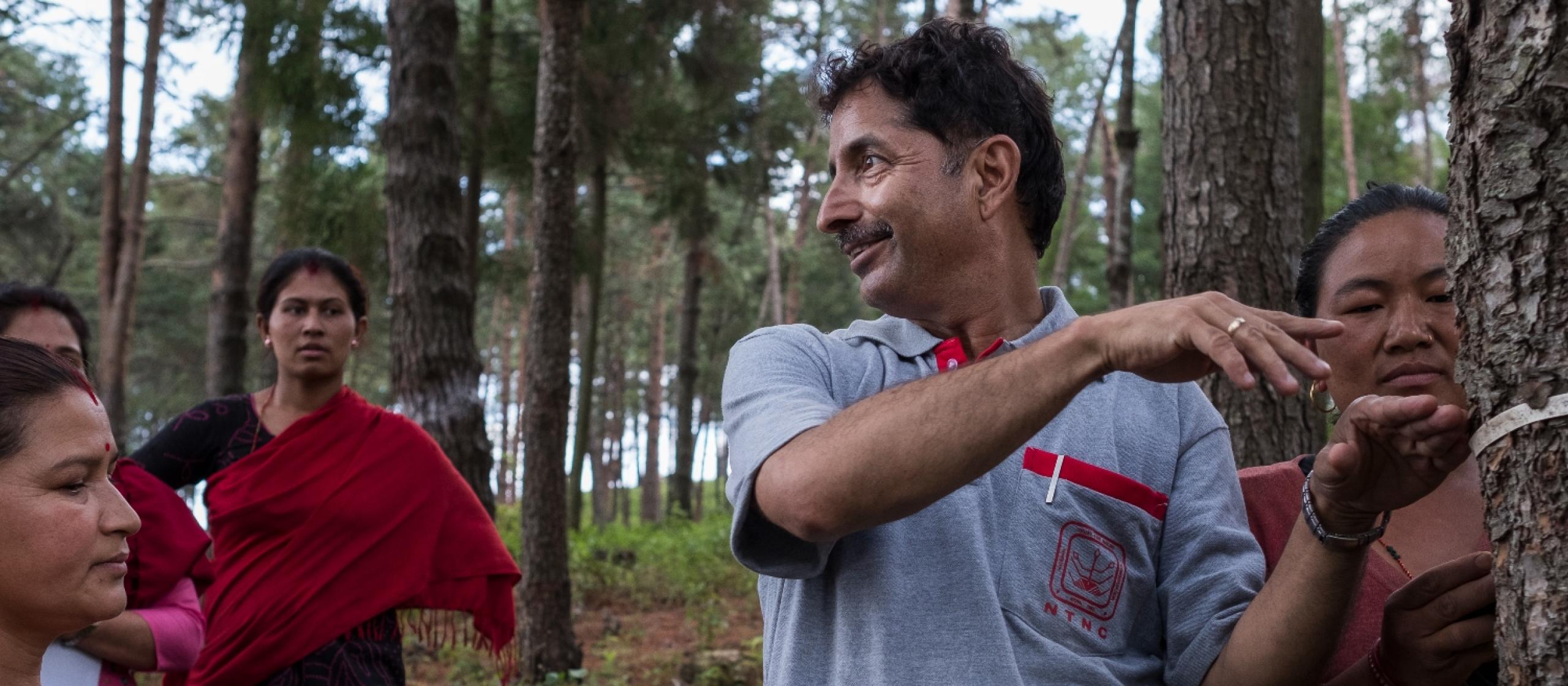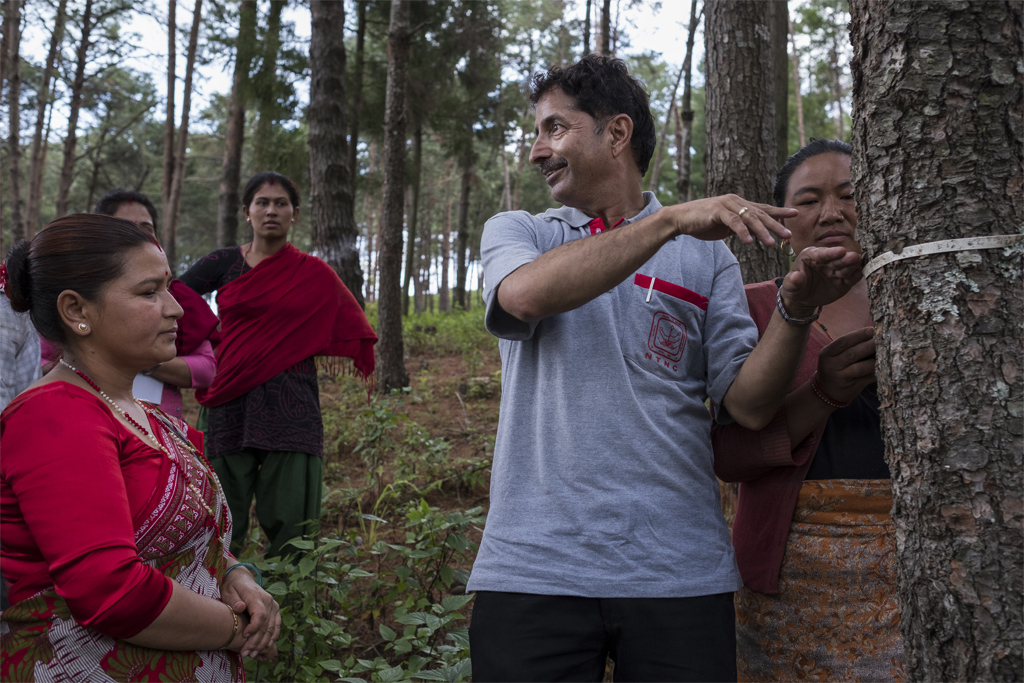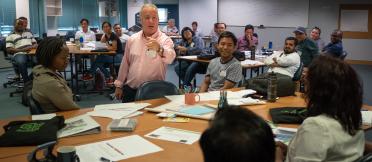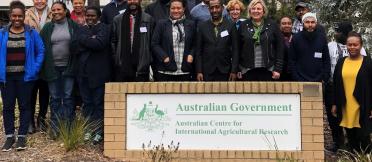- HomeHome
-
About ACIAR
- Our work
- Our people
-
Corporate information
- ACIAR Audit Committee
- Commission for International Agricultural Research
- Policy Advisory Council
- Agency reviews
- Executive remuneration disclosure
- Freedom of information (FOI)
- Gifts and benefits register
- Information publication scheme
- List of new agency files
- Contracts
- Legal services expenditure
- Privacy impact assessment register
- Commonwealth Child Safe Framework
- Benefits to Australia
- Careers
- 40 years of ACIAR
-
What we do
- Programs
- Cross-cutting areas
- Resources
- Where we work
-
Funding
- Research projects
- Fellowships
-
Scholarships
- John Allwright FellowshipScholarships to study in Australia for ACIAR partner country scientists to have Australian postgraduate qualifications
- ACIAR Pacific Agriculture Scholarships and Support and Climate Resilience Program
- Alumni Research Support Facility
- Publications
- News and Outreach
Date released
20 December 2021
But the evidence to support this does not exist, says Graham Teskey, Principal Global Lead of Governance at Abt Associates. While individual capacity building is a valuable endeavour – and in most cases, necessary – it is not the same thing as ‘institutional’ capacity building.
As the author of a report to ACIAR outlining a series of recommendations to improve the approach to institutional strengthening, Mr Teskey explains the widely misunderstood concept.
Defining an institution
‘The words “organisation” and “institution” are used synonymously in everyday use,’ Mr Teskey says. ‘But they are very, very different.
‘An organisation has a budget, it has staff, it has a building, it has chairs and tables.
‘Whereas institutions are the formal and informal drivers that influence, and possibly determine, what happens within that organisation and what people actually do.’
These drivers create the sense of the ‘way things are done around here’, he adds.
Examples of formal institutions include the organisation’s constitution, polices, rules and regulations. Informal institutions include the social norms and values embodied in how people behave, such as whether a handshake upon greeting is appropriate, or if leaving the lab or office for a lunch break is considered acceptable behaviour.
Mr Teskey explains it is insufficient to measure the capacity of an organisation purely by counting the number of people it has trained. What if those people are not managed sufficiently well to apply their knowledge and skills? What happens if there are no incentives to apply them – for example if promotion is based on patronage and ‘who you know’ – so why bother? Or what if they do apply that knowledge but it does not result in improved outcomes for the organisation, or for smallholder farmers?
This is key to the work ACIAR does, because these institutional and organisational limitations can significantly and negatively affect the application of research results. A trained expert may be thwarted if they are not given time or supported by others to apply their skills. Or government policies or regulations may inadvertently prevent an organisation extending the benefits of research to smallholder farmers.
Previously ACIAR didn’t differentiate between training individuals and improving organisations. But, according to Mr Teskey, the work of the individual must be aligned with the incentives created by the organisation if it’s to have an impact.
A positive example
Only one out of 5 projects scrutinised for the report included a focus on the institutional environment and improving organisational capacity.
‘The way the community-based forestry project in Nepal defined the challenge demanded an institutional approach,’ says Mr Teskey.
‘The forest was not being managed for the benefit of the forest owners – the local people. Many stakeholders had an interest in the forest, including the private sector and government, each with competing demands.
‘The project team pulled the stakeholders together to negotiate a way forward around the institutions and the incentives that were driving the use of the land. It required negotiation, mediation and compromise.’
Improving standards
One of the key recommendations of the report was for ACIAR to apply a coherent and consistent approach to organisational capacity building.
As a starting point, Mr Teskey says ACIAR must have a common understanding and use of language around institutional strengthening and organisational capacity building.
‘This will ensure everyone is on the same page and talking about the same thing,’ says Mr Teskey.
New guidelines define organisational capacity building and seek to establish a common understanding of the role of institutions.
ACIAR Manager of Capacity Building Mr Geoffrey O’Keefe says, ‘The new guidelines help define how research projects can begin to address organisational capacity and leave a sustainable legacy of research improvement long after the project has ended.’
The space for ACIAR
Mr Teskey adds that there are 2 simple steps ACIAR project leaders and proponents can take right now to improve the chances of a project succeeding.
First: be absolutely clear regarding the precise nature of the organisational problem. Is it that research quality is poor? Is it that policymakers are not interested in research results? Or is it that policy is not put into practice?
Second: apply critical program logic in preparing, planning and implementing projects. This will help to ensure the activities completed as part of projects leads to planned outputs. And, in turn, those outputs lead to desired outcomes.
The critical ingredient here is for there to be a causal relationship between the outputs produced (for example, the number of farmers trained) and a desired outcome (for example, farmers applying that knowledge learnt to their farm management and benefitting from that application).
‘If ACIAR wants more security in getting the results it seeks, partners need to design projects using rigorous and tested program logic,’ says Mr Teskey.
The bigger challenge for ACIAR posed in the report is for ACIAR to define the role it sees for itself in organisational capacity building. Training individuals through its fellowships delivers key benefits but these may not necessarily lead to improved organisational performance and functionality. For this, ACIAR needs to know what the problem is.
‘The work on organisational capacity building has led to a significant shift in our thinking about building capabilities with our partners,’ says Mr O’Keefe.
‘We have put this research into practice in the new John Dillon Fellowship Program that specifically addresses organisational capacity through collective action.
‘All future capacity building programs will be aware of the institutional environment in which they are operating and seek opportunities to deploy sustainable organisational approaches through strong partnerships.’
Key points
- ACIAR has established effective individual capacity building activities based on skills and competencies and is exploring its role in improving institutional capacity building.
- Institutional capacity building relates to the formal and informal drivers that affect how people behave, such as organisational rules or internal cultures.
- A shared understanding and approach to institutional capacity building will help ACIAR define and deliver the outcomes it seeks.







